African Textiles in Dallas
Add to, Take Away: Artistry and Innovation in African Textiles is showing at Dallas Museum of Art until 6 December 2015.

Kom tunic with appliqué designs, probably 1920s, Cameroon, Cotton and wool, 125 x 238 cm, Dallas Museum of Art, Textile Purchase Fund
The exhibition title takes its name from the basic techniques that African textile artists use to decorate cloth. ‘Adding to’ in the form of embroidery and appliqué and the ‘taking away’ of threads using the Pelete technique, developed in Nigeria to create intricate patterns.
The importance of encoded visual languages within textiles across Mali, Republic of Benin, Nigeria, Cameroon and Ethiopia are the subject of the installation. The exhibits are made up primarily of 20th century items from the DMA’s acclaimed collection of African art.
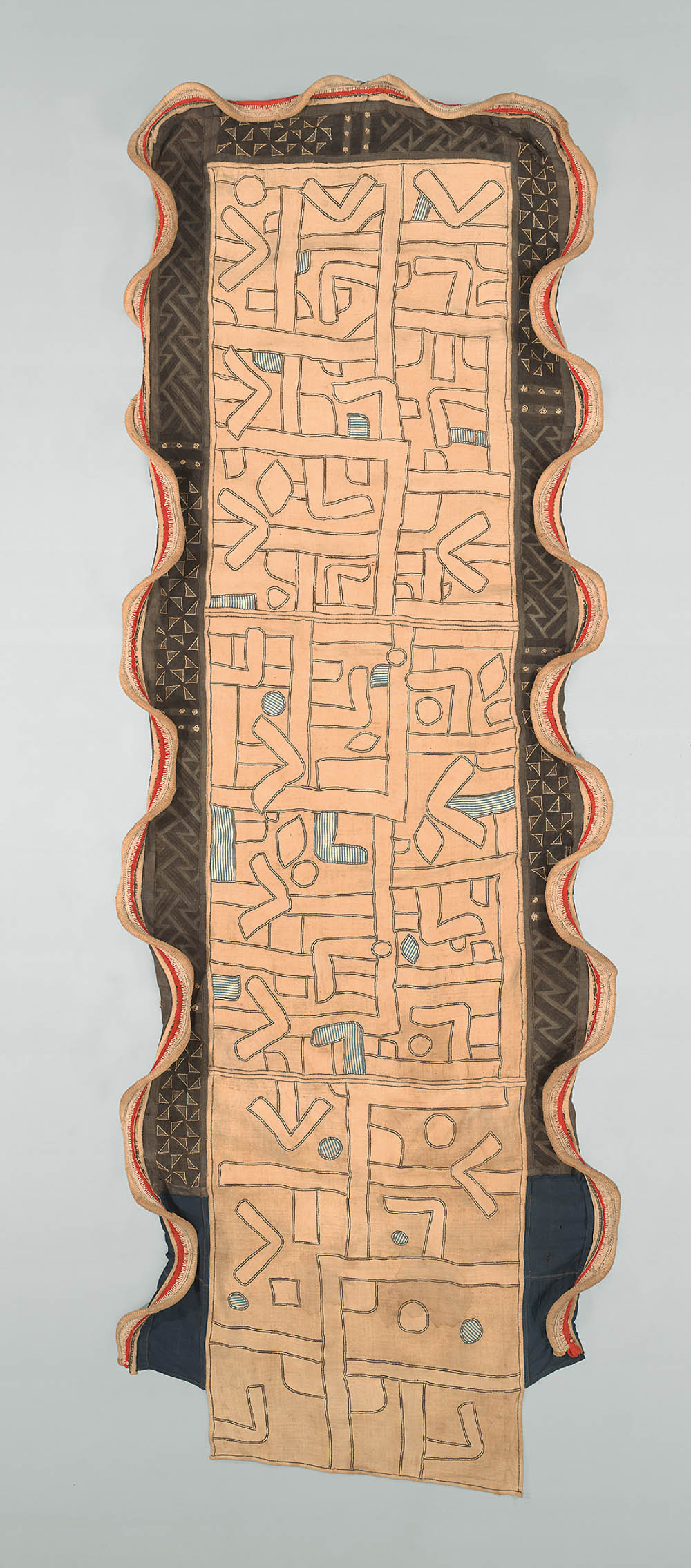
Kuba overskirt with wavy edge (ntshakakot), early 20th century, Democratic Republic of the Congo, palm leaf fibre (raffia), cotton, wool, and vegetal fibre, 77 x 217 x 6 cm, Dallas Museum of Art, Textile Purchase Fund

Fon appliqué banner, 1900-1930, Republic of Benin, cotton (including imported fabric), 170 x 95 cm, Dallas Museum of Art, Textile Purchase Fund
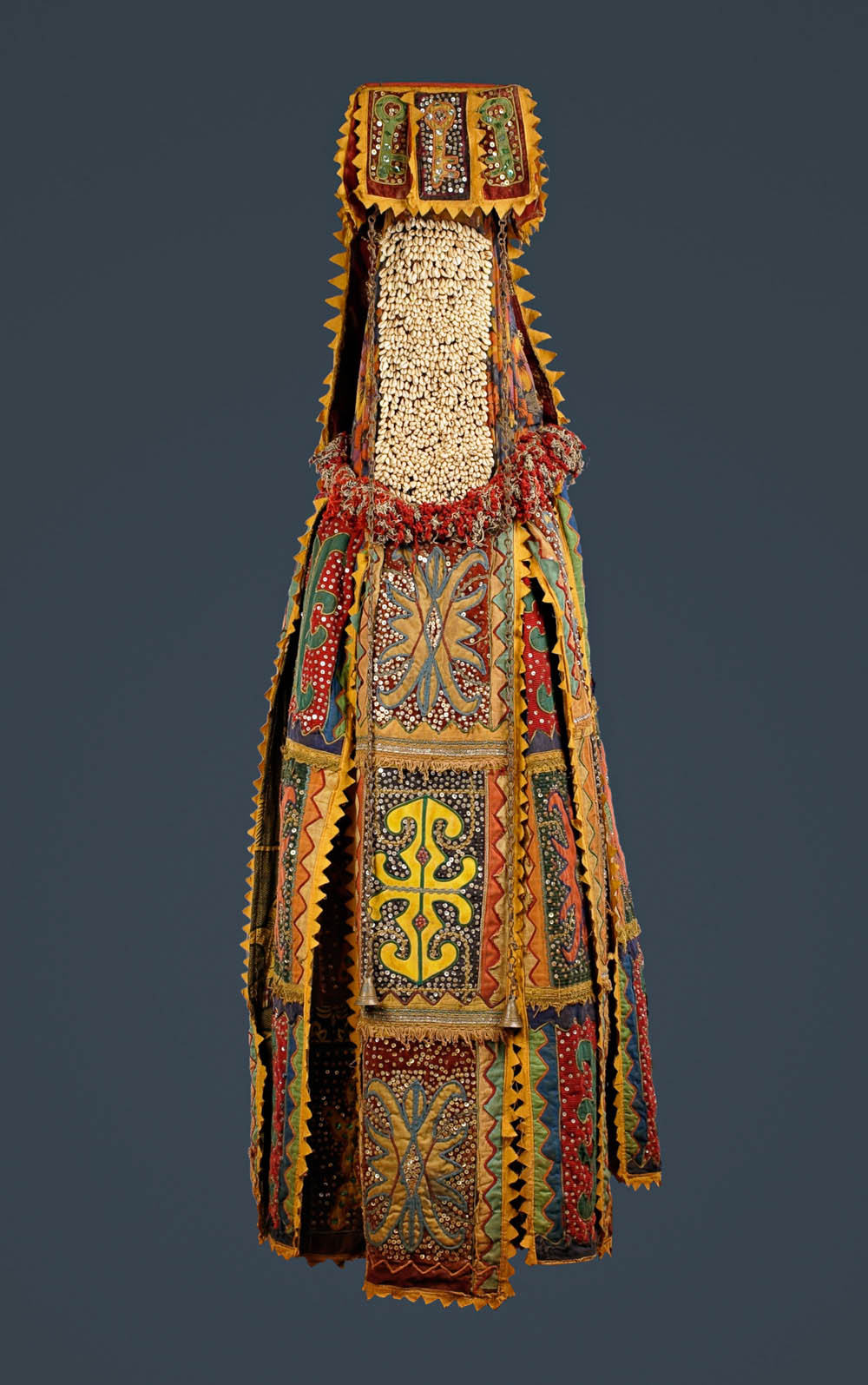
Yoruba Egungun costume, c. 1975, Republic of Benin, cloth, appliqué, cowrie shells, sequins, wood, glass beads, and metal, 173 x 69 x 42 cm, Dallas Museum of Art, gift of Pace Primitive Gallery, New York
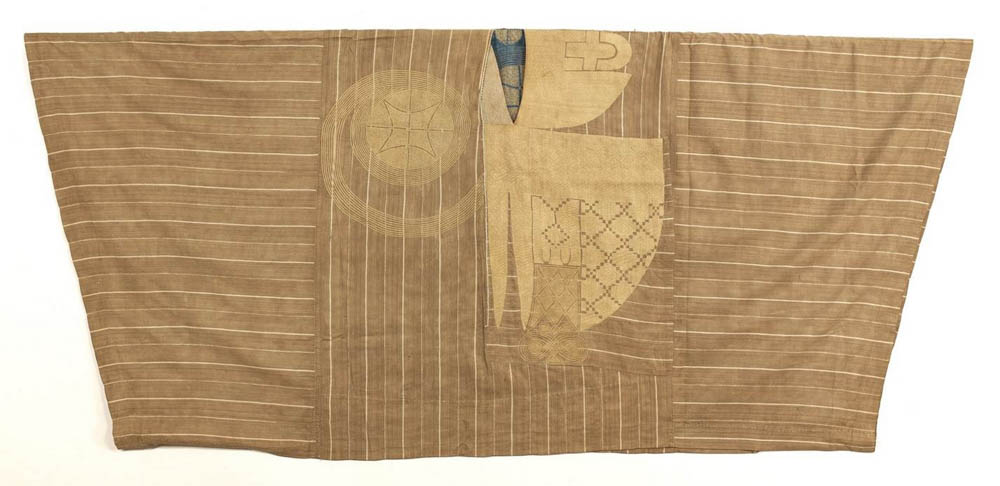
Yoruba, Hausa, or Nupe man’s prestige robe (riga or agbada), 1900-1950, Nigeria, wild silk and cotton, 137 x 264 cm, Dallas Museum of Art, Textile Purchase Fund
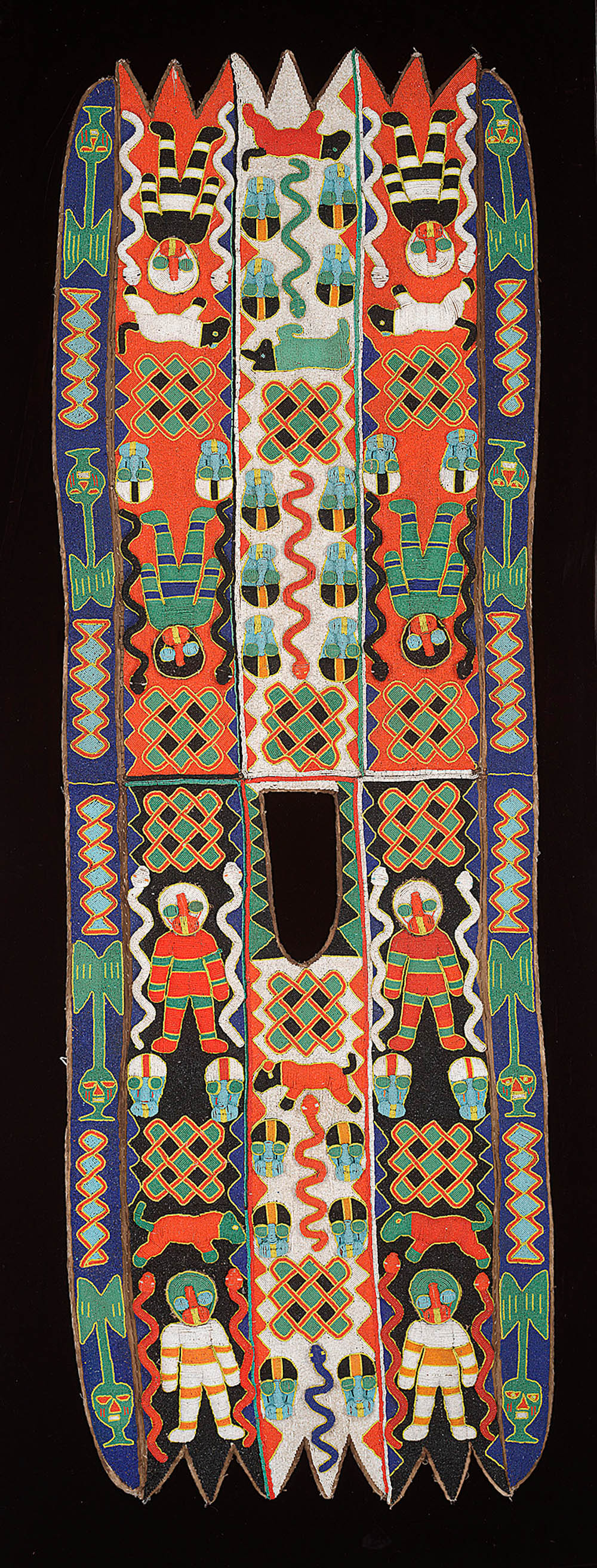
Yoruba man’s tunic, 20th century, Nigeria, glass beads and cotton, 219 x 74 x 2 cm, Dallas Museum of Art, gift of Mr. and Mrs. S. Roger Horchow


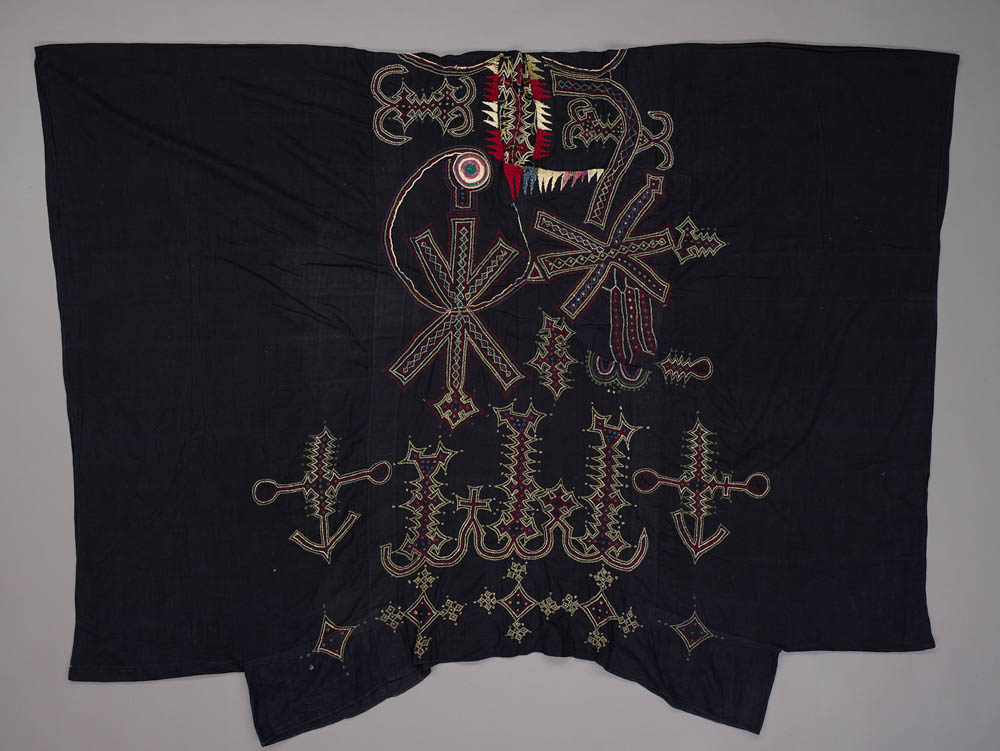
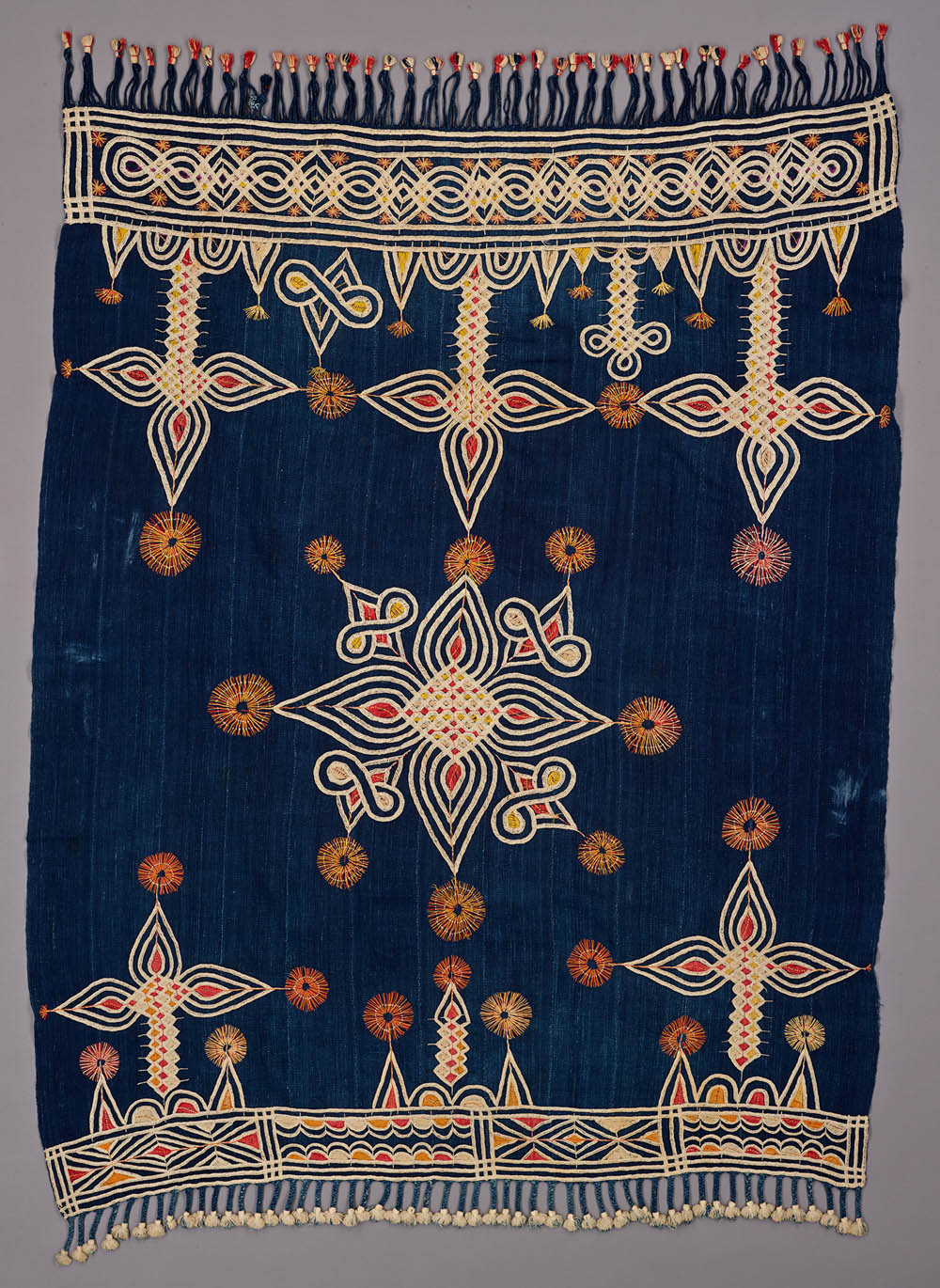













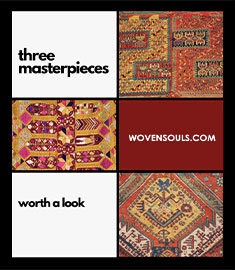









Comments [0] Sign in to comment